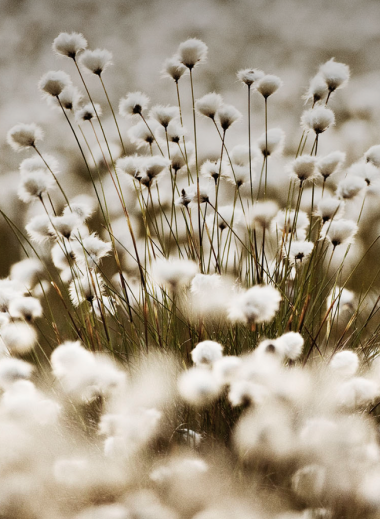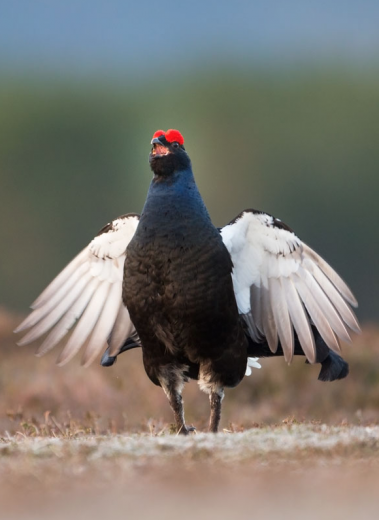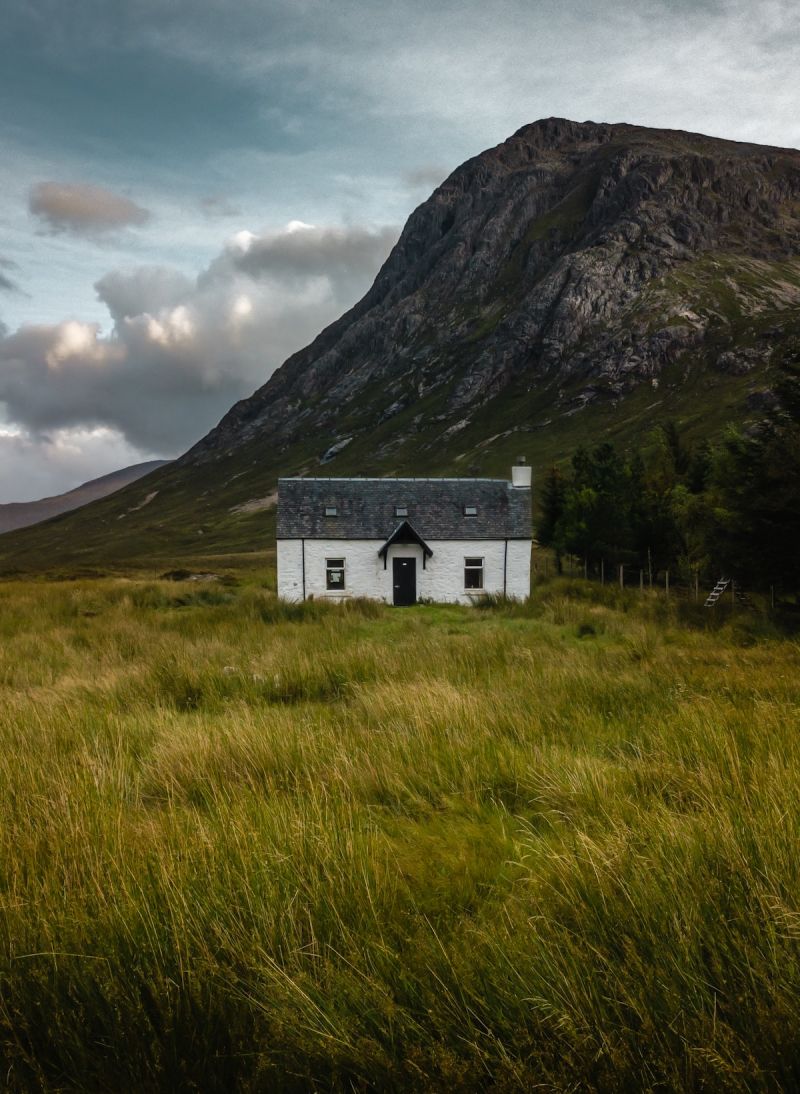JOIN the AFICIONADOS
Get the insider news and lowdown on what we've been up to, where we've been, and who we've met along the way. Be the first to discover new places and get the scoop on our favourites.


Where the Glenfeshie pinewoods once reigned, only 1% of their original range remains. The Caledonian Forest – once the Highland heartwood – was ravaged by centuries of felling, overgrazing and land mismanagement. Wildland is reversing the trend with an approach rooted in ecological realism. This is not a cosmetic restoration – it’s a rebalancing of the natural order. Red deer numbers have been dramatically reduced, giving pine, birch, juniper, and rowan breathing space for self-seeding and growing. Where deer once stripped the land bare, now saplings rise, rivers run clearer, and the air buzzes with the return of wild things.
Started in 2006 and privately owned by conservation-minded visionary Anders Holch Povlsen, Wildland’s philosophy is long-term and landscape-wide. By restoring natural processes and giving nature the time and space it needs, they are laying the foundations for the Highlands of tomorrow – a thriving, complex web of life shaped not by man’s control, but by ecological integrity.
Step into the Glenfeshie Estate and you’ll sense the shift immediately. The land feels alive, not managed, but wild. You’ll hear summer swallows cut the air and rivers that move like they once did. Saplings, unbrowsed, are beginning to knit the soil, slow erosion, and lay the groundwork for mature forest to return.


And it’s not just trees. Rewilding is a whole-system revival. The future here may include the cautious return of once-extinct species – lynx, even wolf – but already, the sightings are more immediate and thrilling: goshawk, hen harrier, golden eagle. On the rivers, freshwater pearl mussels – indicators of pristine water – are making a quiet comeback. Every return, every rustle and swoop, is a signal that the land is healing.
At the core of Wildland’s strategy is the idea that nature knows best. Interventions are light-touch but high-impact – satellite tagging for raptors, partnerships with local river trusts, and peer-reviewed science guiding decisions. Over four million trees have been planted so far, but it’s the wild self-seeding forests that mark the true success story – living proof that, once released from pressure, the land remembers how to recover.
Peatlands, too, are central. Vast tracts of blanket bog – part of Scotland’s globally significant Flow Country – act as carbon sinks, water filters and climate buffers. Wildland supports efforts to gain UNESCO World Heritage status here, recognising their role in global climate resilience.
The landscape is being reimagined, and with it, the communities around it. Wildland’s model is not about locking people out – it’s about welcoming them back in. Vacant homes are being revived into places to stay, layered with Scandinavian restraint and Highland warmth. Think raw stone, peat fires, wool, wood, stillness. Killiehuntly Farmhouse and Cottage in Kingussie and Kinloch Lodge in Sutherland are spaces of rural retreat – not hotels, but part of the living fabric of the land. Lundies House, their latest addition, is a soulful refuge in the far north – minimal, mindful and perfectly placed to pause. A crowning glory of a private estate lies on the shores of Loch Ness with Aldourie Castle, an impressive historic private-hire castle restored by British architect Ptolemy Dean, landscape designer Tom Stuart-Smith and interiors by Charlotte Freemantle and Will Fisher of antique emporium Jamb.
The economic aspect of rewilding is no afterthought. Tourism supports jobs, skills, and a renewed sense of place. Wildland is committed to working with local communities, sharing knowledge, offering opportunities and supporting local initiatives that align with a more sustainable future. Their community values speak to connection, optimism, and the practical magic of doing things differently.
This is land that was once broken – monocultured with heather and gorse, shaped by extractive use, and thinned of its richness. Now, nature is returning – layered, complex and wild. Endangered species like the Scottish wildcat, pine marten, red squirrel, and capercaillie may one day thrive again. Invertebrates, fish stocks and forest birds are already staging their comeback.
Rewilding the Highlands is not romantic nostalgia – it’s future-thinking land management on a monumental scale. It’s climate action, biodiversity recovery and cultural regeneration, all rooted in place. And it’s still early days.
Wildland isn’t just planting trees – it’s planting hope. A 200-year vision demands a rare kind of patience, the humility to know that we won’t see the full results in our lifetime, but future generations might walk through those forests and know that someone, once, dared to begin again.